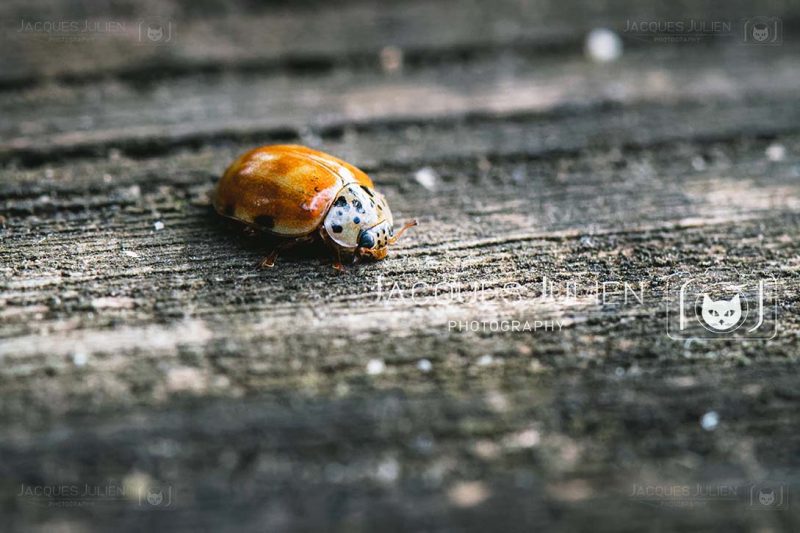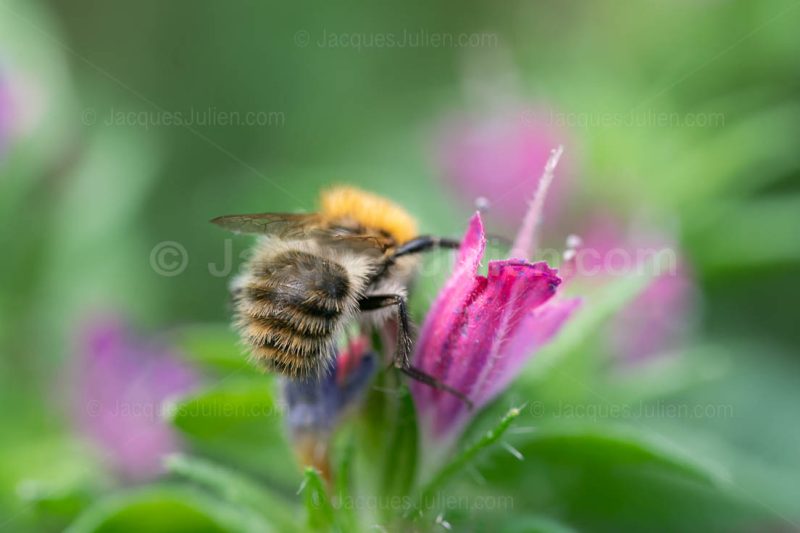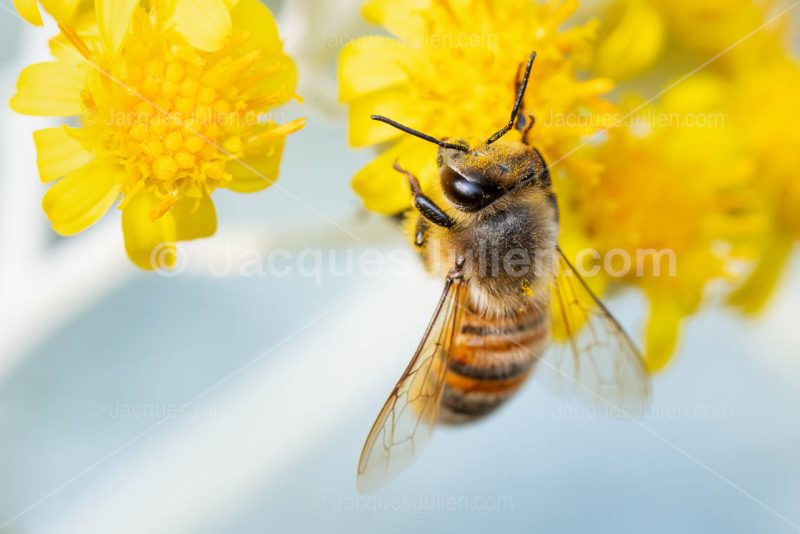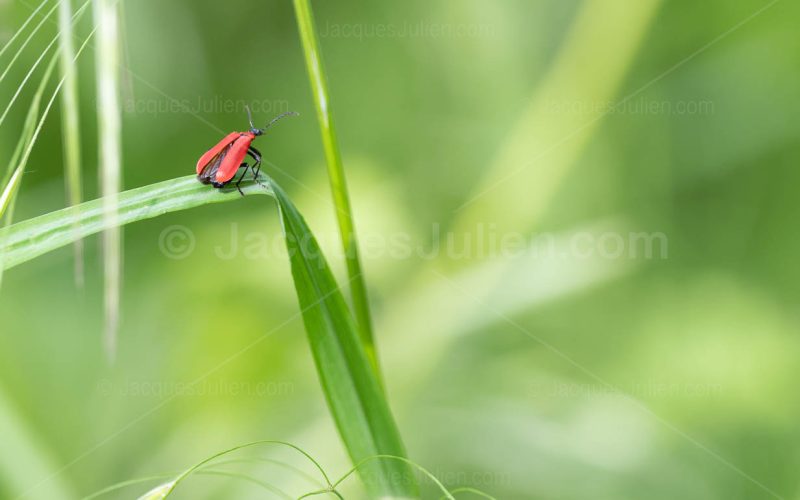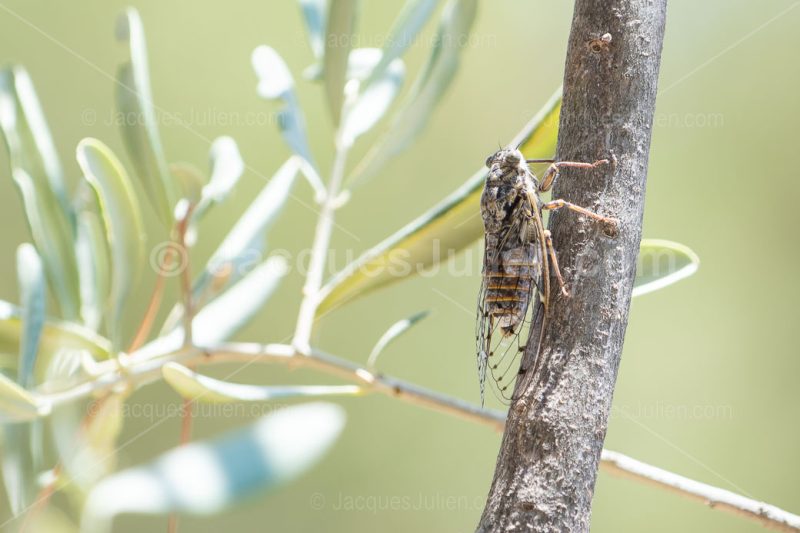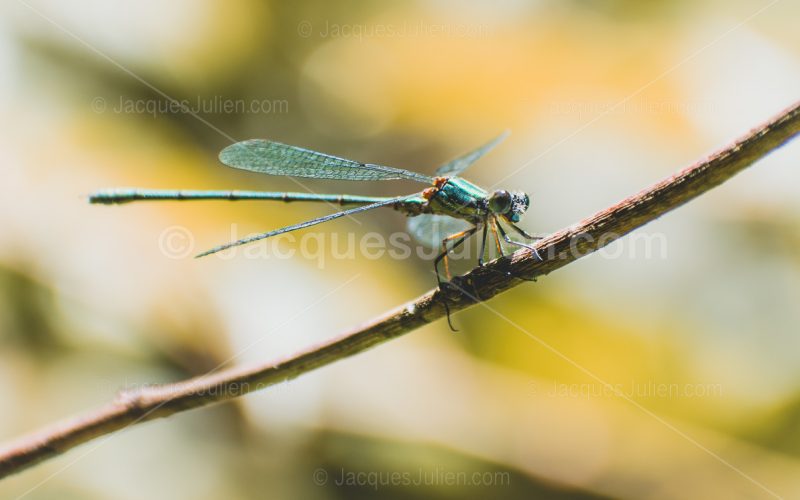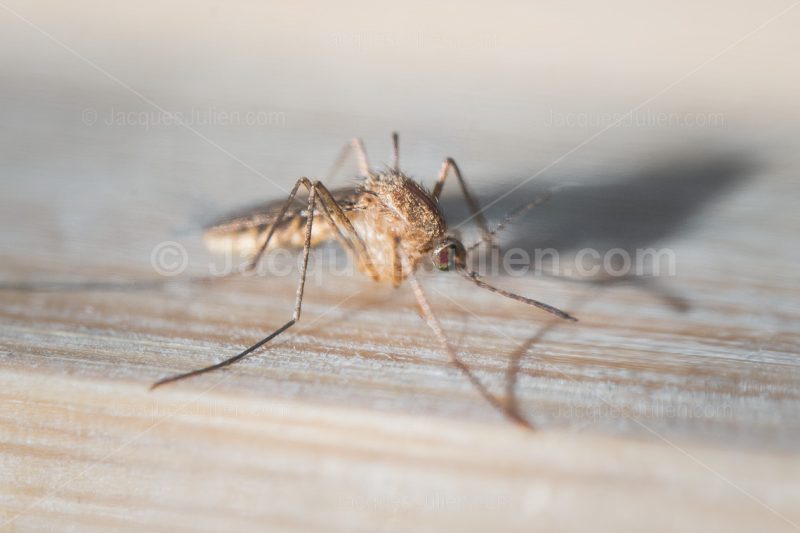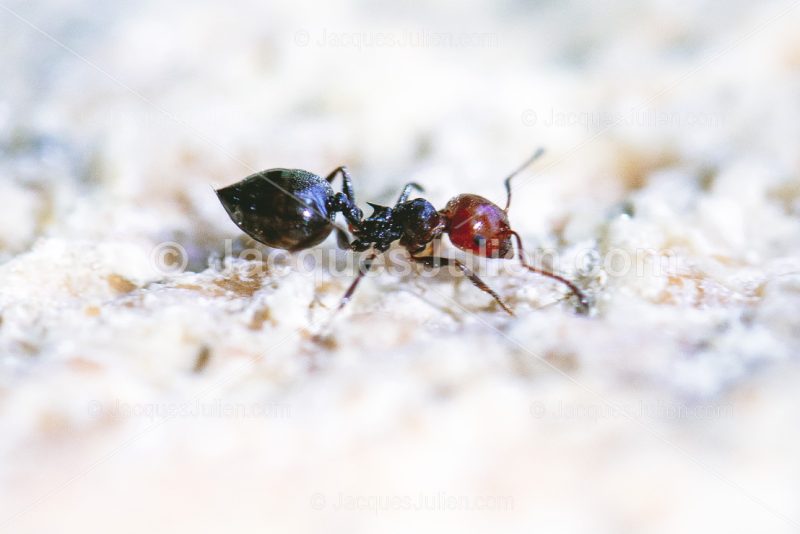"Nature will bear the closest inspection. She invites us to lay our eye level with her smallest leaf, and take an insect view of its plain. " - Henry David Thoreau
Hymenoptera: they are of great ecological importance as pollinators, predators of harmful insects. Comprising bees, wasps and ants, they are characterized by a narrow body and mandibles. They also exhibit complex social behavior, with well-organized colonies.
Coleoptera or Beetles: This is the largest and most diverse order of insects, comprising more than 400,000 known species including ladybugs and beetles. They are characterized by their elytra, hard and protective front wings, which usually cover the abdomen. They play important roles in ecosystems as decomposers, pollinators, predators and parasites.
Lepidoptera: Commonly known as butterflies and moths, they are characterized by their wings covered in colorful scales and display an astonishing diversity of shapes, sizes and patterns. They play a crucial role in pollinating plants, while their caterpillars provide a food source for many animals.
Diptera : The best known, such as flies and mosquitoes, are pests for humans, while others, such as hoverflies, play a crucial role in plant reproduction.
Bees have three modes of communication: chemical, tactile and visual.
Bumblebees can learn to use tools like pulling on a rope.
Argentine ants can form a "living bridge".
- Understanding the swarm intelligence of ants and bees helps to improve artificial intelligence.
- A dragonfly's jaw unfolds are similar to xenomorphs in the Alien movie to catch its prey. In the era of the dinosaurs, some dragonfly's wingspan could reach up to 80 cm...
A female stick insect Phobaeticus chani (56.7cm or 22.3 inches with legs, body only 35,7cm)



